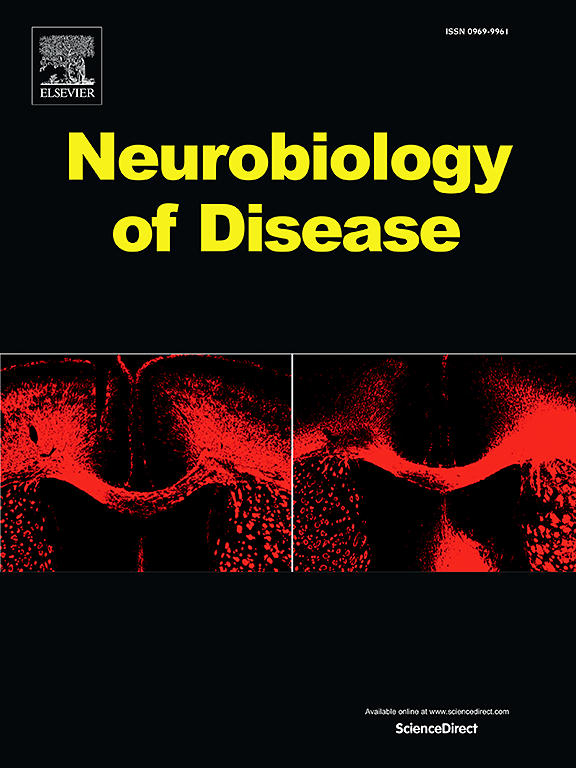α7烟碱乙酰胆碱受体与抑郁症:机制见解和治疗前景
IF 5.6
2区 医学
Q1 NEUROSCIENCES
引用次数: 0
摘要
抑郁症是一种全球范围内高度流行和致残的精神疾病,但目前的治疗受到延迟发病和次优反应率的限制。α7烟碱乙酰胆碱受体(α7 nAChR)是中枢胆碱能系统中的一种配体门控阳离子通道,在海马和前额叶皮质等情绪调节区域高度表达,调节神经递质释放、突触可塑性和神经炎症。越来越多的临床前证据表明,α7 nAChR激活可能通过调节单胺能神经传递、增强脑源性神经营养因子(BDNF)表达、减弱小胶质细胞激活和促炎细胞因子释放、参与肠-脑轴通路发挥抗抑郁样作用。然而,异质性的研究结果、目标参与障碍以及缺乏足够有力的临床研究限制了对临床的转化。本文系统综述了α7 nAChR在抑郁症中的结构特征、机制认识及治疗进展,旨在为针对性干预和新药开发提供理论依据和未来发展方向。本文章由计算机程序翻译,如有差异,请以英文原文为准。
α7 nicotinic acetylcholine receptor and depression: Mechanistic insights and therapeutic prospects
Depression is a highly prevalent and disabling psychiatric disorder worldwide, yet current treatments are limited by delayed onset and suboptimal response rates. The α7 nicotinic acetylcholine receptor (α7 nAChR), a ligand-gated cation channel within the central cholinergic system, is highly expressed in emotion-regulating regions including the hippocampus and prefrontal cortex, where it modulates neurotransmitter release, synaptic plasticity, and neuroinflammation. Accumulating preclinical evidence indicates that α7 nAChR activation may exert antidepressant-like effects by modulating monoaminergic neurotransmission, enhancing brain-derived neurotrophic factor (BDNF) expression, attenuating microglial activation and proinflammatory cytokine release, and engaging gut–brain-axis pathways. Nevertheless, heterogeneous findings, target-engagement hurdles, and a paucity of adequately powered clinical studies have limited translation to the clinic. This review systematically summarizes the structural features, mechanistic insights, and therapeutic advances of α7 nAChR in depression, with the aim of providing a theoretical basis and future directions for targeted interventions and novel drug discovery.
求助全文
通过发布文献求助,成功后即可免费获取论文全文。
去求助
来源期刊

Neurobiology of Disease
医学-神经科学
CiteScore
11.20
自引率
3.30%
发文量
270
审稿时长
76 days
期刊介绍:
Neurobiology of Disease is a major international journal at the interface between basic and clinical neuroscience. The journal provides a forum for the publication of top quality research papers on: molecular and cellular definitions of disease mechanisms, the neural systems and underpinning behavioral disorders, the genetics of inherited neurological and psychiatric diseases, nervous system aging, and findings relevant to the development of new therapies.
 求助内容:
求助内容: 应助结果提醒方式:
应助结果提醒方式:


